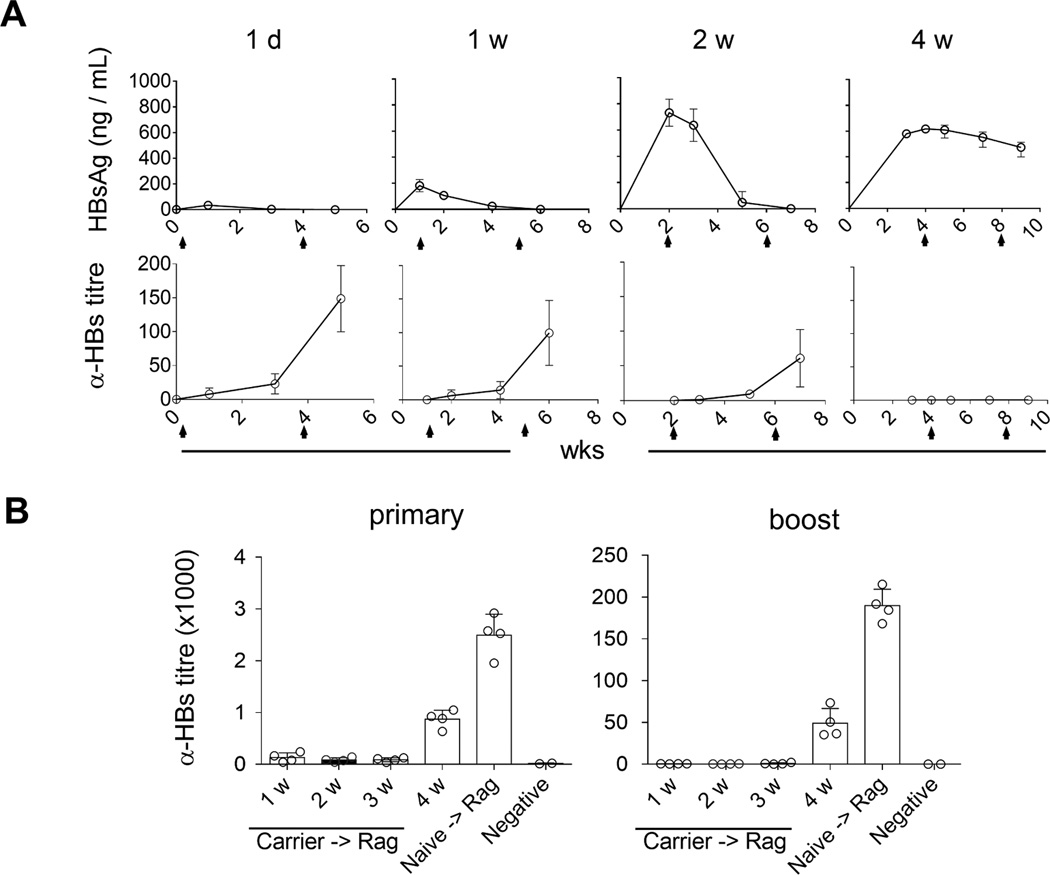Fig. 3. The duration of HBs existence contributes to inducing and breaking tolerance to HBs.

At one day (1d), one week (1w), two weeks (2w) and four weeks (4w) post AAV/HBV (2.0 × 1010 vg) infection, mice were vaccinated with EnxB, then boosted with the same dose of EnxB in four-week intervals as indicated by arrows. Serum levels of HBs (A) and anti-HBs (B) were monitored over time (n=3). (B) Splenocytes from tolerant AAV/HBV carrier mice were adoptively transferred to Rag1−/− mice, which were vaccinated and boosted with EnxB on 1, 2, 3, or 4 weeks post transfer respectively. Ayw subtype-specific humoral responses were estimated by ELISA. Mice that were transferred with splenocytes from naïve mice were used as the positive control (n=4). The data presented are representative of at least two independent experiments.
